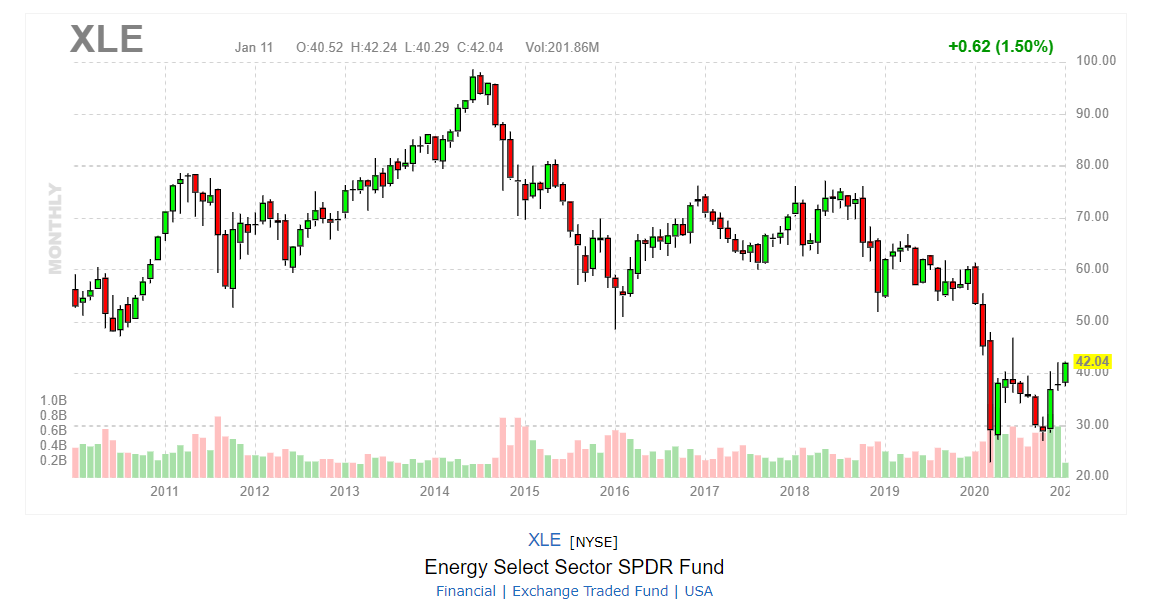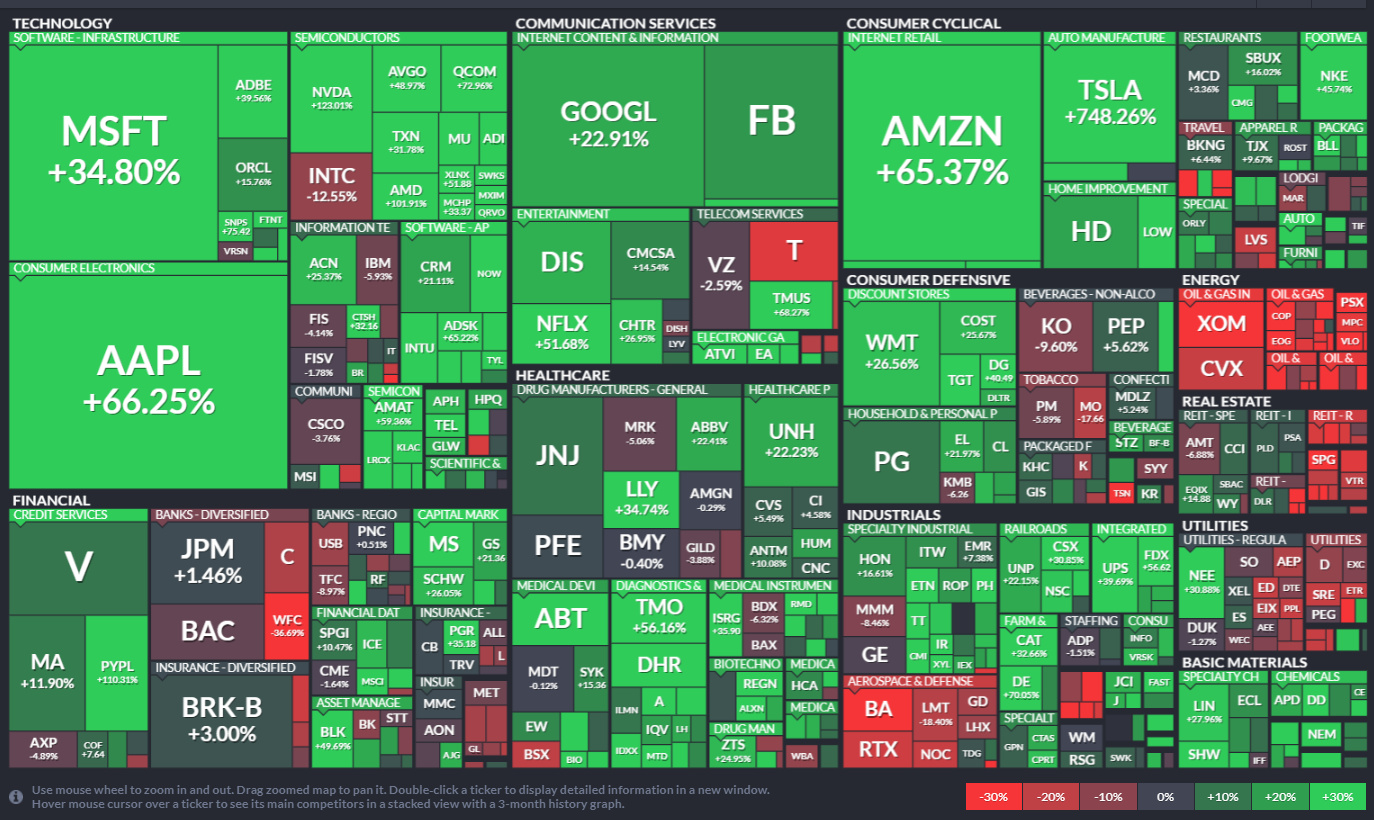During the winter recess (remember those days as a student?), I read through several weeks of the Economist. Some of the topics that caught my attention, direct quotes in blue italics font. Linked to the original articles.
No one will forget 2020
It was a milestone year. Yes, a virus that 1/900th of the width of a human hair waged a war against our healthcare systems, sense of security, and economies. There were some triumphs. Healthcare workers donned their masks and served the sick and scared. Pharmaceutical companies innovated messenger RNA vaccines that gave our bodies the software instructions to make the antibodies needed to fight Covid-19. Dude, parents educated their kid from their kitchen tables, while working. There were definitely heroes and heroics.
Covid-19: Horrific suffering, death, and long-term health impact
Globally in 2020, there were 80M+ confirmed global Covid-19 cases with 1.8M+ recorded deaths. Sadly, these statistics will go higher. In spite of the fast sequencing, testing, validation of vaccines, we are not out of the woods yet.
In the US, there was a long list of fails. If you were to draw a fishbone diagram of the root causes, it would likely include a lack of leadership, lack of preparedness, disrespect of science, politicization of masks, and general complacency. Lots of hot air, not enough sensible civic action. A mess. Not our finest hour.
Covid-19: Healthcare haves vs. have-nots
On one level, Covid-19 was eerily democratic; it afflicted heads of state (e.g., Trump, Johnson) and celebrities alike. However, in the US, approximately 8% of Americans do not have health insurance. So even in mundane times, it is not equal or equitable. During the pandemic, this became more sad and brazen. As scientists and clinicians learned more about the virus and treatments, survival rates improved dramatically. Yes, science = winning. However this gift of life was not shared equally. Often the poorest and disenfranchised groups are the least healthy and susceptible to Covid-19:
- Poor are more likely to have chronic conditions, lack good nutrition etc
- . . . more likely to have rely on public services that were shut down (e.g., social service, public transportation)
- . . . more likely to be uninsured, or underinsured
- . . . more likely to have jobs that require in-person, essential work
- . . . more likely to suffer or die from the virus
- A 40-year-old Hispanic-American is 12 times more likely to die from covid-19 than a white American of the same age.
- In São Paulo black Brazilians under 20 are twice as likely to die as whites.
Covid-19: Global economic coma
We had hundreds of cities – dare I say, even countries – shut down for a few weeks at a time. The best way to describe it might be an economic coma – not dead, but certainly not vibrant, up and moving. It was the biggest global drop in output since WWII. US unemployment peaked at 15% in May. The US government’s quantitative easing (read: central banks buy banks’ securities with new electronic money) essentially printed and pumped new money into the economy:
- Government expenditure in 2020 increased by about 50% compared with the previous year
- Poverty was probably cut by 15%, the biggest one-off reduction recorded since measurement began
- Frantic negotiations led to a 5,600-page piece of legislation to spend $900bn
- The year when everything changed, Economist, 12/19/20
- How quickly will America’s labor market recover, Economist, 1/2/21
- What is quantitative easing? Economist, 3/9/2015
- Congress injects a further $900bn of stimulus into the American economy, 1/2/21
US population growth = almost 0
In 2020, US population only grew 1.2M YoY to 329M; the smallest gain since 1990. This matters because population growth (and dynamism) is a key ingredient to GDP growth. As Americans have fewer kids and we continue to turn away eager immigrants, the US population growth starts to stall out.
The just-concluding decade will see the smallest expansion of the foreign-born population in any decade since the 1970s.
Sadly, the poor handling of the Covid-19 pandemic also has it’s own effects:
Two academics at UC Berkeley, Joshua Goldstein and Ronald Lee, suggest deaths from covid-19, which may exceed 500,000 by April, will cut average life expectancy by more than one year.
America’s demography is looking European, 01/2/21
Retail: Future will look like China
A friend of mine recently remarked on how futuristic Chinese megacities have become. He remarked that going from Shenzhen to Atlanta was like going from the city to the village. Of course, there is a hint of fun and hyperbole there, but less than you might think. While the pandemic has accelerated Americans’ crossing the chasm to adopt technology, this is old news in China. China’s e-retailing market is $2trillion, “more than America’s and Europe’s combined.” With the Alibaba and Tencent ecosystems, shopping is more than just a website on your phone. Now it’s a mélange of “digital payments, group deals, social media, gaming, instant messaging, short-form videos and live-streaming celebrities.” Basically, Chinese superapps (think: WeChat) are a bunch of our apps all rolled up in one: Facebook, Snapchat, Netflix, Twitter, YouTube, Groupon, Uber, Amazon, Spotify, DoorDash+ dozens of others.

There are multiple reasons for this:
- Massive network effects with superapps; WeChat has 1.2 billion users
- China’s higher mobile share of e-commerce (90% vs. 43% in the US); Chinese skipped PC, went straight to mobile
- Oligopoly by the big 3 (Alibaba, JD.com, Pinduodou) of 90% of digital merchandise sales
- Americans have 3.3x the physical shop floor space / person than Chinese
- Digital payments (e.g., Ant Financial, TenPay) make is SO easy to pay and get paid
Bernstein expects e-commerce to account for more than a quarter of all retail sales in China by 2021, roughly twice the share in America
- The next big thing in retail comes with Chinese characteristics, 1/2/21
- Why retailers everywhere should look to China, 1/2/21
5G looks like a $90B bidding war
We see 5G advertisements all the time. We will get faster streaming everywhere – or so they promise. So it’s not a surprise that Verizon needs to invest to keep it’s lead, and AT&T somehow needs to buy good frequencies on the cheap (they got dividends, integration of Time Warner to pay for). Surprisingly, there are another 50+ companies bidding, including non-wireless rivals like Comcast and Charter Communications. Another reason for the higher bids? Cheap money:
An extra $10bn in bids costs just $500m a year to finance at today’s rock-bottom interest rates . . .
Infrastructure spending = no brainer, right?
Infrastructure spending after a global recession/depression is a bit of a no-brainer right? Think Roosevelt’s New Deal. Think China for the last 20 years. There’s no question that “It’s Time to Build” as Marc Andreessen wrote recently. What would a pro/con list for public spending on infrastructure look like?
- PRO: Globally, lots of infrastructure needed, roads, bridges, clean drinking water, digital fiber optic cables.
- PRO: In particular, the US highways and bridges need massive maintenance; 3-5% of GDP.
- PRO: Interest rates are cheap. Why not put the money to good use?
- PRO: Income multiplier effect: Pay workers, who then spend money etc. . .
- PRO: Increasing public investment by 1% of GDP globally = 20 – 30M jobs.
- CON: According to Oxford, more than half of infrastructure investments destroyed economic value.
- CON: Cost-overruns often exceed 25%.
- CON: “Nine out of ten mega-projects overrun their budget and schedule—by an average 70% and 61%, respectively.”
- CON: “Two-thirds of foreign bribery cases involve infrastructure deals.”
Even if you are not a pro-fiscal spending Keynesian, you’ll probably agree that a lot of infrastructure spending in roads, bridges, fiber optic lines makes sense. The question is how to invest this money wisely.
Chinese extreme poverty = almost 0
China has been an economic success story, by most any criteria.
- Has it been perfect? No.
- Has it always been equitable? No.
- Is it still amazing? Yes.
This article explains that extreme poverty in China (making less than $2.30/day) has essentially disappeared. This is an incredible achievement. Deng Ziaoping was not mentioned in the article, but let’s agree, he was man brave enough to open up the Chinese economy. Cheers to Deng.
- By the World Bank’s estimate, some 800m people in China have escaped penury in the past four decades.
- In 1978, shortly after Mao’s death, nearly 98% of those in the countryside lived in extreme poverty, by China’s current standards. By 2016 that was down to less than 5%.
Rough year for big oil
While it’s been a difficult five years for oil and gas, 2020 was horrific. The economy was cooling, Saudi Arabia and Russia couldn’t agree on production levels, then Covid-19 put the world into an economic coma.
- The big 5 integrated producers lost $350 billion in market capitalization
- Energy firms’ share of the s&p 500 fell below 3%, from a high-water mark of 13% in 2011.
- Shell cut its dividend for the first time since the second world war
- ExxonMobil was knocked out of the Dow Jones Industrial Average, after nearly a century in the index
The big oil stocks were punished in 2020, vs. the S&P 500 which was up 19%+. You can see the stock performance of the Oil and Gas ETF below. Dropped 70%+ from top (2015) to bottom (2020).

Cheap money = investors bidding up stocks
If you have a 401K, you were pretty happy in 2020. Stocks went up, even as the economy stalled out. This disconnect is not good, in fact, uh, it’s bad. Well, investors are seeking better returns. You’ll hear the phrase TINA TINA, “there is no alternative” for returns. Not sure if I agree with that thinking, but US equities are on a tear. Dude, Tesla stock increased 700%+ over the last year. Here is the 1 year performance as of 1/11/2021.
- Green = good, red = bad
- The size of the box = relative market capitalization
- Big tech (big boxes) did well. AMZN (65%), AAPL (66%), MSFT (34%), GOOGL (22%), TSLA (748%, wha?)
To everyone who got into trading stocks this year, I have a little hard truth for you: You’re not actually that good at it. You just caught a wild bull market. Take some money off the table. – Chris Sacca, angel investor

Cheap money = more corporate bonds
With all the money being created / freed up, corporations raised an enormous amount of capital because 1) they could 2) rates were cheap 3) “better safe than sorry” when it comes to cash. A few examples include:
- Boeing raised $25 billion in bonds
- Amazon was able to borrow for 10 years at 1.5%
- Tesla raised $5 billion in secondary shares (read: dilution to existing shareholders) and the stock keeps rising
The ten-year Treasury yield is below 1% and the spreads between American government and corporate bonds have narrowed to pre-pandemic levels. As a result, even riskier firms’ paper yields less than 5%, according to JPMorgan Chase.
Surprise, telecommuting works
For the professional class – uh, you reading this – we had the rare opportunity to try remote work, in earnest this year. This definitely changed some commuting, dry cleaning behavior, but I believe a lot of people really liked it. Lot of secondary and tertiary effects likely:
- Decrease of expensive downtown office space
- Increase use of freelance and flexible workforce (real-time hiring, no need to provide benefits)
- Decrease in average salary since there is a wider pool of (remote) talent to choose from
